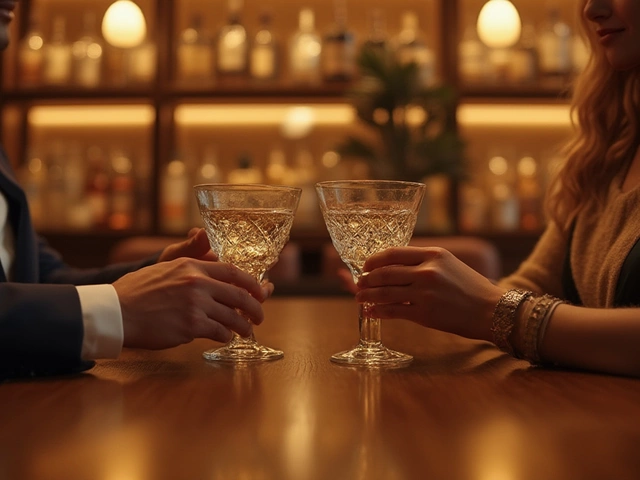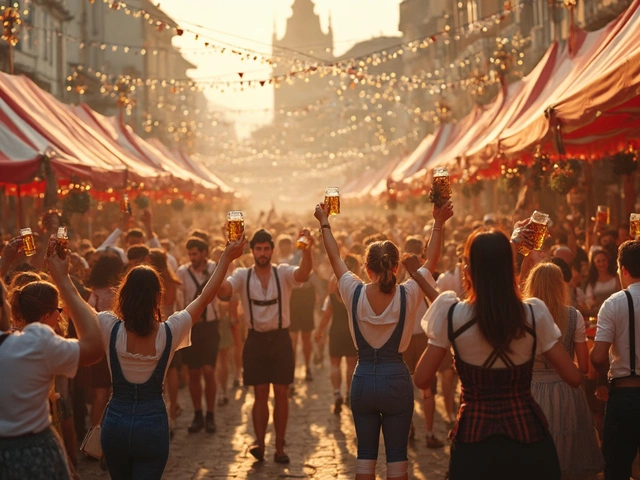France Wine Guide: Simple Steps to Enjoy French Wines
If you’re wondering where to start with French wine, you’ve come to the right place. France isn’t just about fancy labels; it’s about everyday bottles that can fit any budget and any meal. Below you’ll find the top regions, the grapes that define them, and quick tips to make your next sip count.
Know the Main Regions and Their Signature Grapes
France is split into several wine‑making areas, each with its own personality. The big ones you’ll hear about are Bordeaux, Burgundy, Rhône, Loire, and Alsace.
- Bordeaux: Think Cabernet Sauvignon, Merlot, and Cabernet Franc. Red blends dominate, but you’ll also find crisp white blends of Sauvignon Blanc and Sémillon.
- Burgundy: This is the home of Pinot Noir (red) and Chardonnay (white). The wines are often more delicate, with earthy or buttery notes depending on the vintage.
- Rhône Valley: Here you’ll meet Syrah, Grenache, and Mourvèdre for reds, and Viognier and Roussanne for whites. Expect richer, spicier flavors.
- Loire Valley: Sauvignon Blanc, Chenin Blanc, and the light‑bodied Cabernet Franc thrive here. These wines are fresh, zesty, and great with seafood.
- Alsace: Mostly white wines made from Riesling, Gewürztraminer, and Pinot Gris. They’re aromatic and pair well with Asian dishes.
When you see a label, check the region first. It gives you a quick clue about the grape mix and the style you’ll get.
Practical Tasting Tips and Pairing Ideas
Don’t stress about swirling for ten minutes or using a fancy spit bucket. A simple approach works fine. Take a sip, let the wine coat your tongue, and notice three things: fruit, acidity, and finish (how long the taste lasts).
For food, match the weight of the wine with the dish. Light white wines from the Loire go great with salads, fish, or goat cheese. A full‑bodied Bordeaux red pairs nicely with steak, lamb, or hard cheeses like aged cheddar.
If you’re buying for a party, pick a mix: one crisp white (e.g., Sancerre), one versatile red (e.g., Bordeaux Supérieur), and maybe a fun rosé from Provence. That way you’ve got something for most palates without overcomplicating the list.
Storing French wine is straightforward. Keep bottles upright for a few weeks, then lay them on their side if you plan to age them. A cool, dark spot around 55°F (13°C) is ideal. If you’re not planning to cellar, finish the bottle within a few days of opening for the best taste.
Finally, trust your gut. If a wine smells good and tastes good to you, it’s the right choice. French wine can feel intimidating, but with these basics you’ll feel confident picking a bottle, serving it, and enjoying it with friends or a quiet dinner.
So next time you see “France” on a label, remember: region tells you grape, grape tells you style, and style tells you what to pair it with. Cheers to exploring the French wine world one glass at a time!
Discover what makes French wine legendary, explore the best reds and whites, and learn tips for pairing and tasting. Find your ideal wine for every mood and moment in France.
View Details

